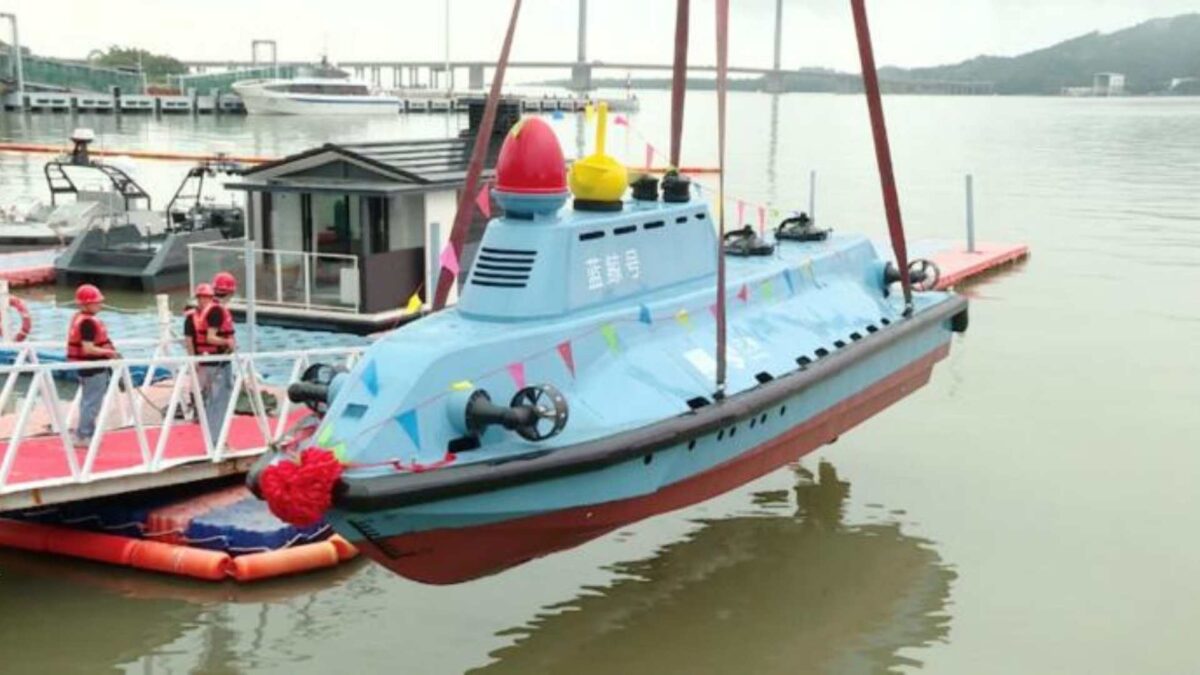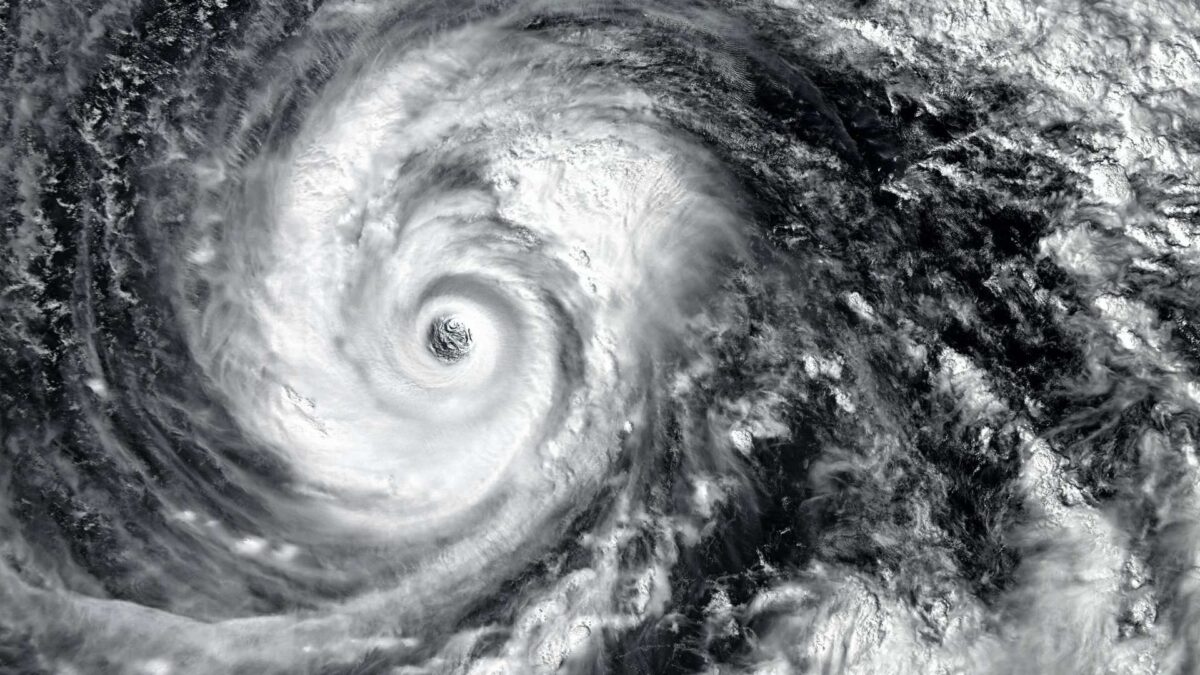
China Unveils Submersible Vehicle to Probe Extreme Storms

Scientists in China have developed a new unmanned submersible vessel designed to collect data from within typhoons, a breakthrough that could improve forecasting and disaster preparedness for some of the world’s most destructive storms.
Typhoons and hurricanes can unleash catastrophic winds and rainfall, causing extensive damage to infrastructure and loss of life. Climate change is increasing the intensity of these storms, making accurate forecasting ever more critical. Yet studying them in real time remains extremely difficult due to their violent winds and heavy rain, both over the ocean and on land.
The Marine Intelligent Unmanned Equipment Innovation Team at the Southern Marine Science and Engineering Guangdong Laboratory in Zhuhai has unveiled the “Blue Whale,” an 11-metre submersible unmanned vessel developed as part of the Intelligent Swift Ocean Observing System. Unlike conventional surface vessels, the Blue Whale operates predominantly underwater, which allows it to remain stable in extreme sea conditions and gather in situ storm data safely.

The vehicle combines the speed and manoeuvrability of unmanned surface vessels with the resilience of submersibles. On the surface, it can travel at up to 23 knots and cover more than 200 kilometres, while submerged it can sustain speeds of 3 knots for four hours or remain in standby mode for up to 72 hours.
The Blue Whale can carry an 800-kilogram payload of sensors, including acoustic Doppler current profilers, temperature and conductivity sensors, and instruments to measure chlorophyll, pH, turbidity, and other water column parameters. Surface operations also allow the deployment of research rockets to capture atmospheric data.
“Unlike conventional surface vessels, submerged hulls significantly reduce wave-induced motion, enhancing operational stability and resilience in adverse conditions,” said Chao Dong, director of the Key Laboratory of Marine Environmental Survey Technology and Application in Guangzhou and lead author of the research published in Ocean-Land-Atmosphere Research.
Initial testing has been promising, and after further trials the Blue Whale is expected to begin operational deployment in typhoon observation by 2026. Researchers say the platform could revolutionise marine meteorological monitoring, enabling more accurate forecasts of storm intensity and improved warnings for affected regions.
The project represents a collaboration between the Southern Marine Science and Engineering Guangdong Laboratory, Zhuhai Yunzhou Intelligence Technology, the Second Institute of Oceanography in Hangzhou, and the Key Laboratory of Marine Environmental Survey Technology and Application in Guangzhou.
Share this WeathÉire story:







